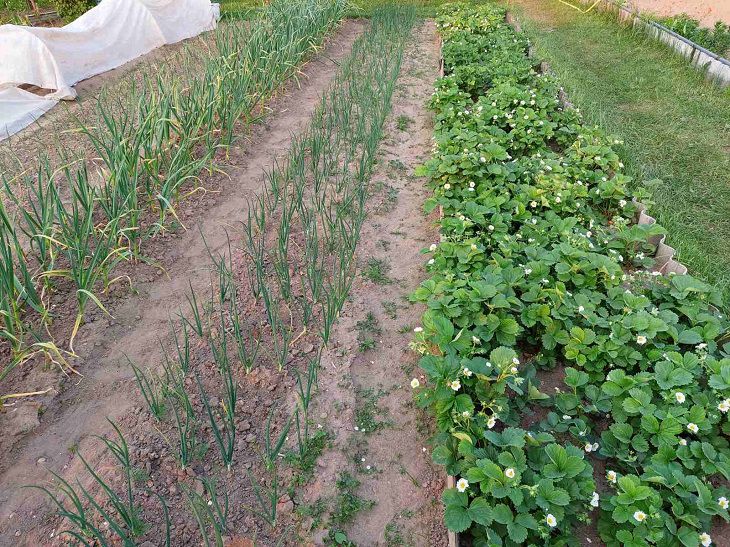Green manure has long and firmly captured the minds of most summer residents. Regardless of experience and worldview, gardeners look at these crops with interest.
Just don’t expect miracles by sowing whatever comes to hand and whenever necessary.
An expert of the online publication "BelNovosti", agronomist and landscape designer Anastasia Kovrizhnykh told which green manure crops need to be sown in the spring.
1. Oats
It saturates the soil in the garden with useful organic substances, phosphorus, potassium and is not demanding on the soil.
The plant loosens the soil, crowds out weeds, and protects the soil from the development of rot, fungus, and other pathogens.

Sow in mid-spring at a rate of 15-20 grams per square meter.
2. Mustard
This crop is sown almost all year round, and in the spring you can start as soon as the snow melts.
The seedlings are mowed and plowed after 1.5-2 months, and vegetable crops are planted after 2 weeks.
It also protects against weeds and reduces the risk of spreading scab and late blight.
Sow scattered at a rate of 3-4 grams per the same area.
3. Phacelia
Universal green manure for all fruit and berry crops. Sow in early spring at a rate of 1.5-2 grams.
After 45-50 days, mow and bury into the soil.
Phacelia loosens the soil, reduces acidity, protects against dangerous bacteria, fungi, rot, scab and late blight, and at the same time repels wireworms and nematodes, aphids and codling moths.
4. Oilseed radish
It is easily absorbed as a fertilizer, thanks to which the soil is saturated with organic matter and humus.
Sow from April until the first half of September at a rate of 350-400 g of seeds.
5. Wheat
Saturates the soil with nitrogen, potassium, useful organic matter, loosens, restores the soil after depletion, recommended for clay and loamy soils.
Earlier we talked about how to grow pepper seedlings .









